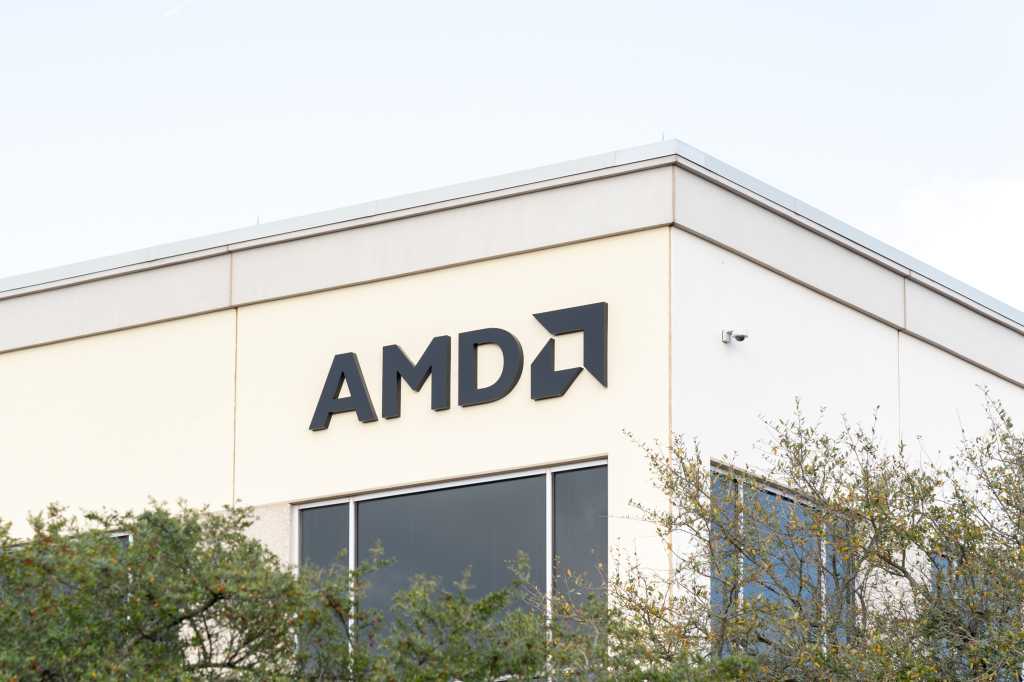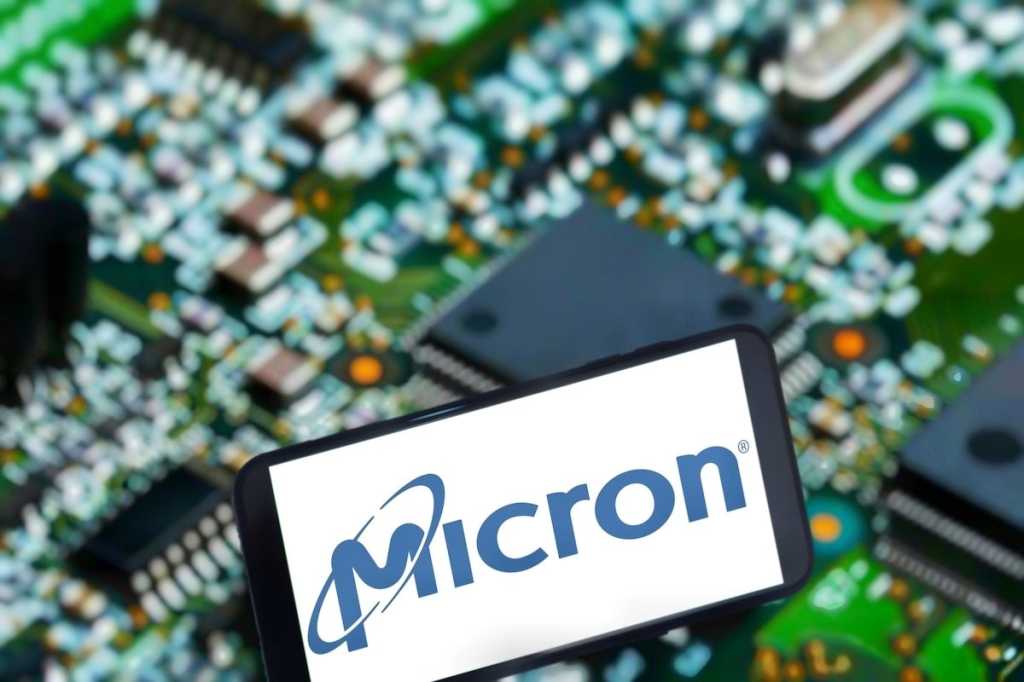The architecture extends beyond traditional switching and routing. It encompasses power distribution units, security appliances, wireless access points and cellular connectivity under a single management plane. This integration enables custom protocols for inter-device communication across the entire infrastructure stack.
“We have something that’s our own secure protocol between all of this, on how data gets moved up and down,” he explained. “That includes something as simple as like, ‘oh, I want to go add a VLAN,’ and how do we actually traverse every single part of the stack, and that’s a full protocol that we’ve built on the back end.”
Meter’s NaaS deployment model
Meter was an early entrant in the NaaS space and has helped to define what the deployment model actually looks like for users. The company today competes against a host of other NaaS startup vendors including Nile, Join Digital and Ramen Networks, among others.
The way that Meter handles NaaS is it manages entire rack deployments including design, installation and ongoing management. The business model eliminates capital expenditures for customers through per-location, per-square-footage pricing.
“Our business model is zero capital cost, very marginal on the operating cost, and we will buy back all the existing hardware somebody has,” Varanasi said. “We will provide lifecycle management and hardware upgrades as part of our contract with the customer.”

Meter
While the equipment is all owned by Meter, Varanasi emphasized that customers retain full technical control despite the service model.






















